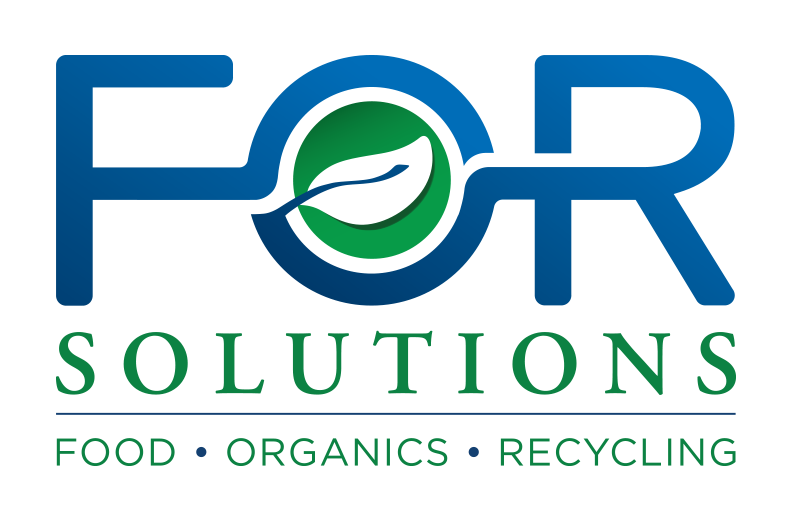Composting Technologies: Which is the One for You?
Imagine looking for a new home and reading that one is air conditioned, which is a requirement for you to consider the property. Simply knowing that the house is air-conditioned may not be sufficient information for you to make a reasoned decision about whether or not it meets your needs. For example, if you desire central air conditioning, but the house includes only window units, you may be disappointed when you tour it. When it comes to composting discarded uneaten food, it is equally important to understand precisely the meaning of the technology used.
There are many different ways to compost discarded uneaten food on a scale larger than backyard projects. They include:
Windrows
Windrows are elongated pyramid-shaped rows often hundreds of feet long by more than one dozen feet high and wide. They are often open to the air and are mixed with very large pieces of equipment called windrow turners. Often, meats and other proteins are excluded from these types of systems due to their ability to attract undesirable pests and create offensive odors. Processing time ranges from about 1 month to 6 months or longer
Static piles
Static piles are essentially the same as windrows with the exception that they are sometimes smaller and they are not mixed with a turner. If air is forced through pile via a perforated pipe that traverses the entire length of the windrow, it is known as an aerated static pile. Sometimes a perforated floor replaces the pipe. Processing time is often comparable to windrows.
In-vessel systemS
In-vessel systems are enclosed systems that keep the material being composted separate from the surrounding environment. The actual method of enclosure varies from something as simple as an elongated bag resembling the casing used to make sausage to a more substantial structure resembling a storage trailer. These systems typically include some method of enforced aeration. Processing time is often shorter than windrows or piles. These systems also allow for more throughput processing, which means adding material to be composted on a regular schedule.
Rotary drum systems
Rotary drum systems are a type of in-vessel system where the enclosure is a cylindrical drum in which the actual composting occurs, enforced aeration is delivered, and that rotates periodically to contribute to the composting process and to move the composting material from the input end of the drum to the discharge end of it. These systems have the most rapid processing time, often less than one week. They are also designed for throughput processing, often loaded and off-loaded daily.
While there is little confusion regarding the characteristics and identification of the first two technologies, there is some confusion regarding those of the second two. In-vessel systems and rotary drum in-vessel systems share some characteristics, including the naming of the technology, which may lead to confusion because there are very important differences between the two technologies, which is why it is important to determine the specifics of the technology when considering implementing a composting project. For example, in-vessel rotary drum systems may require a much smaller footprint, produce no leachate, may be moved during operation if trailer mounted, and produce virtually no odor. FOR Solutions systems provide additional advantages including being virtually maintenance free because of having so few moving parts and being fabricated of stainless steel.





